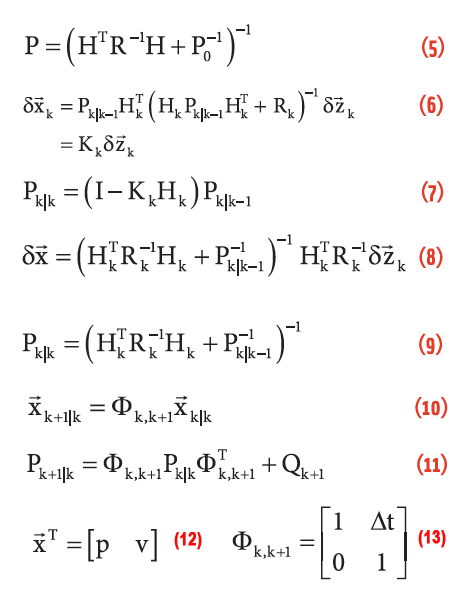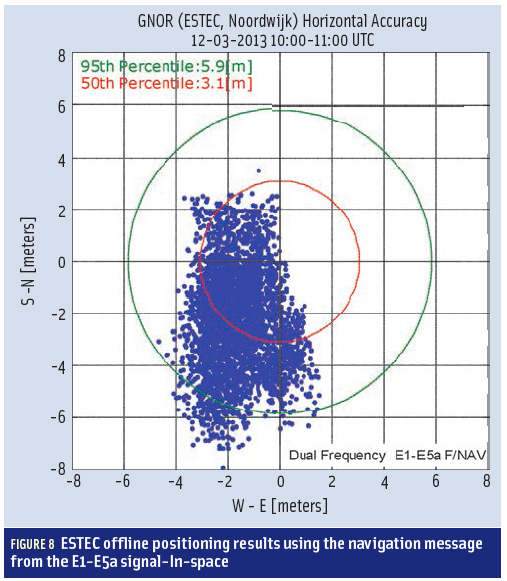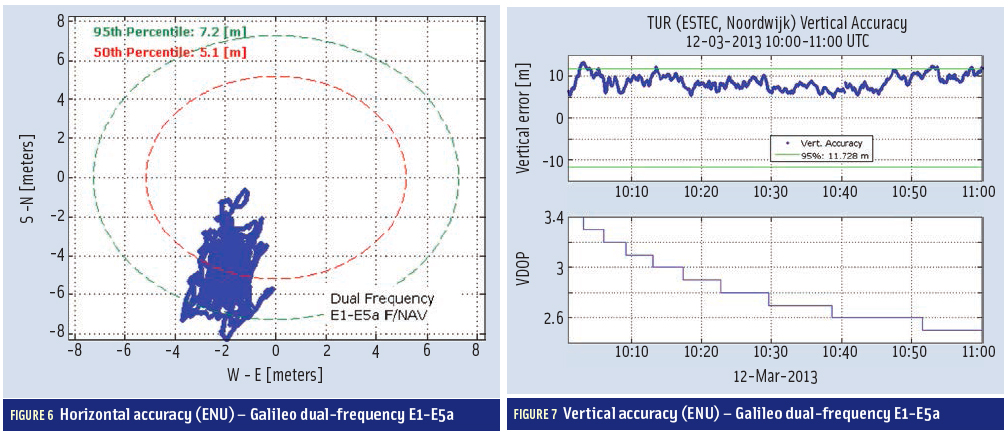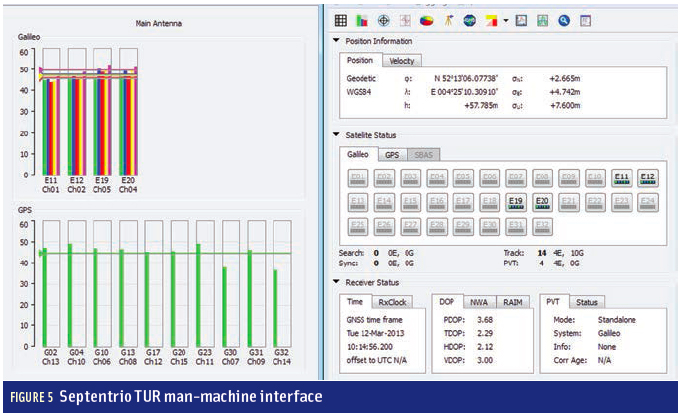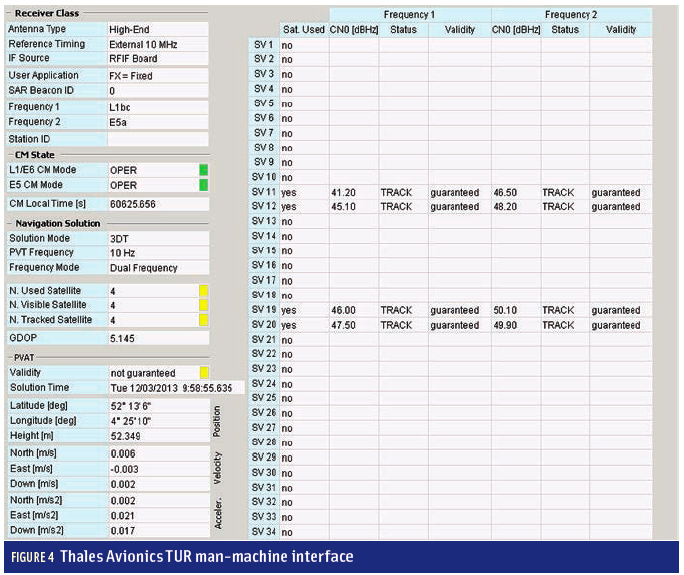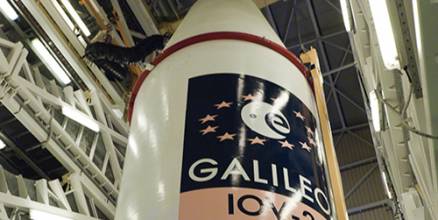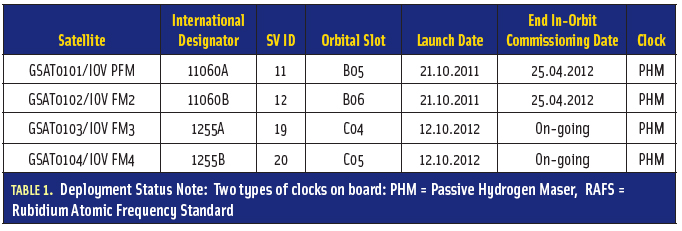Civil Use of UAS
 Chuck Johnson, NASA
Chuck Johnson, NASAFew domestic issues have evoked such excitement — and controversy — in recent years as a 2012 congressional mandate to the Federal Aviation Administration (FAA) to expand civil use of unmanned aerial systems in the National Airspace System (NAS).
By Dee Ann Divis















